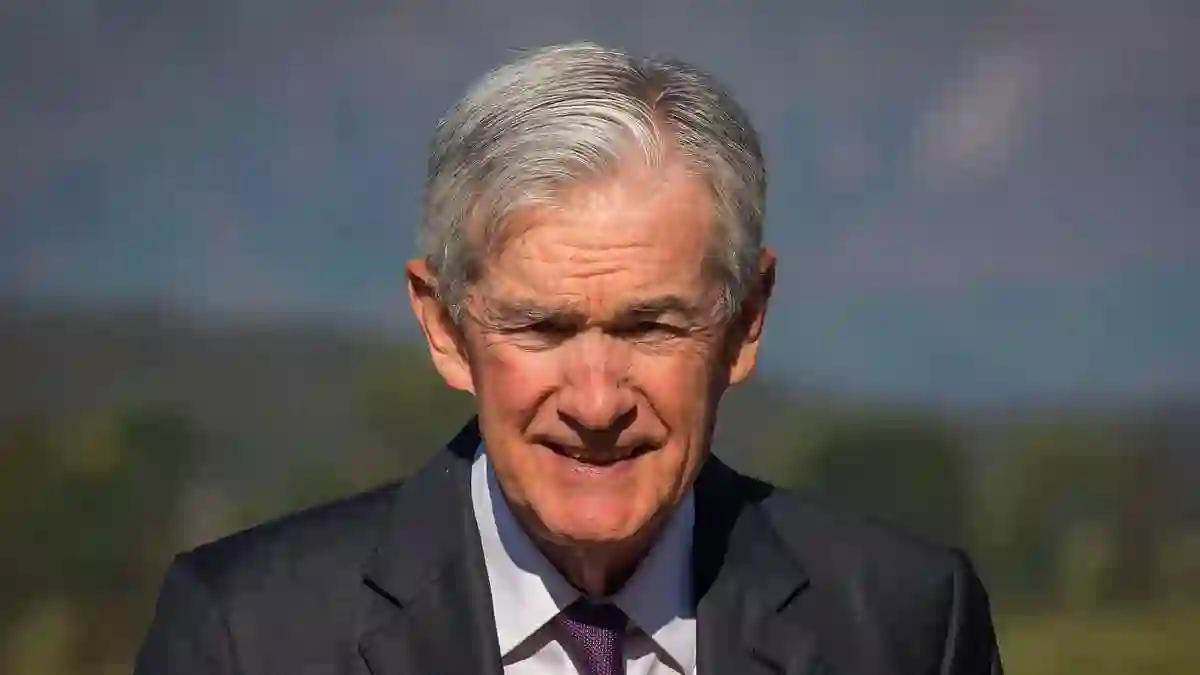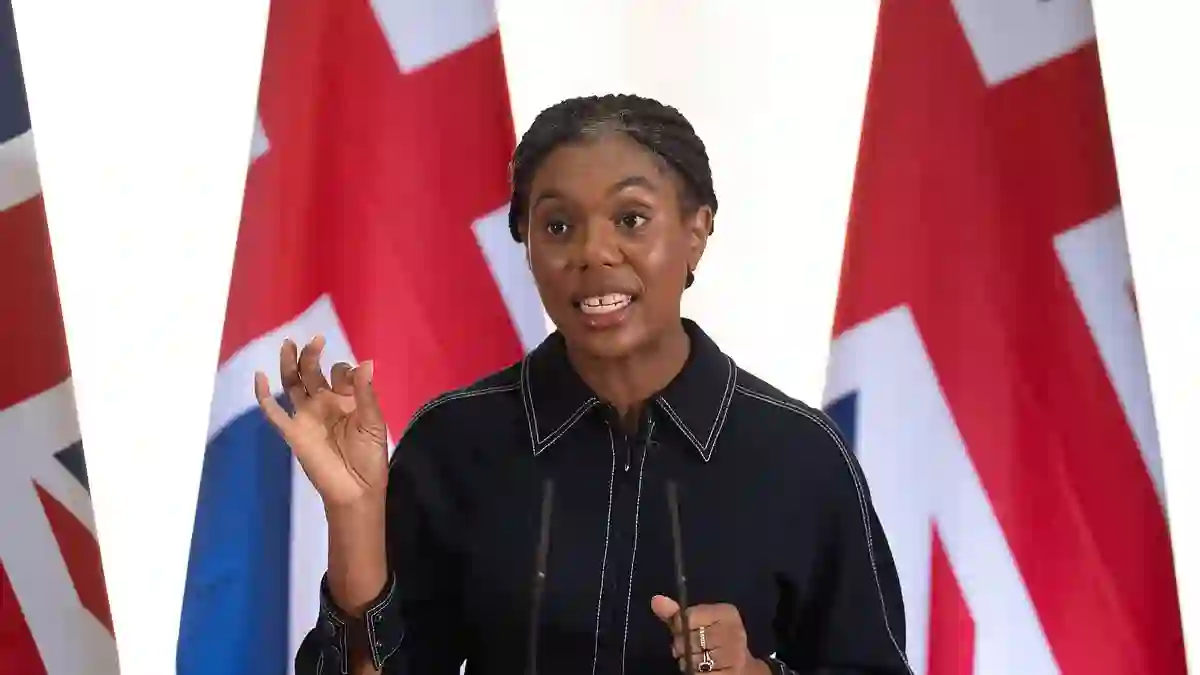The financial world held its breath as Jerome Powell, the US Federal Reserve chairman, took the stage at the Jackson Hole Symposium.
His words weren’t an outright promise, but markets heard them loud and clear—a strong hint that interest rate cuts may finally be on the horizon.
Wall Street didn’t waste time reacting. The Dow Jones leapt more than 2% to cross 45,700 points, while the Nasdaq surged 1.9% to nearly 21,500.
The S&P 500 gave the loudest cheer, shooting within 40 points of 6,500 for the first time in history.
Investors took Powell’s remarks as the green light for renewed business confidence, possible takeovers, and a fresh wave of mergers.
Bonds, Bets, and a Near-Certain Cut
It wasn’t just stocks that soared. Bond yields slipped as traders grew convinced the Fed would move to cut rates at its September meeting.
Betting markets followed suit—odds of a September cut shot up to 90%, compared with 75% before Powell’s speech.
That’s significant because the Fed hasn’t lowered rates since December, holding steady amid stubborn inflation concerns.
Meanwhile, Europe has been loosening the reins, with the European Central Bank cutting rates four times and the Bank of England three.
A Win for Trump, Even If Unspoken
Perhaps the happiest spectator of all was President Donald Trump.
For months, he has loudly demanded rate cuts, even calling Powell a “numbskull” and suggesting he resign.
The Fed has stood firm, defying Trump at five straight meetings.
But now, Powell’s words—delivered with elegance and without any hint of bitterness—signal that the tide may be turning.
In what was his final Jackson Hole appearance before stepping down next May, Powell showed he could set the narrative on his own terms.
Reading Between Powell’s Lines
The clearest hint came when Powell touched on the Fed’s dual mandate: keeping inflation close to 2% while ensuring strong employment.
He noted that inflation risks had eased, but unemployment had risen by nearly a full percentage point—a jump not seen outside recessions.
Translation? The balance of risks is shifting, and policy must shift too.
Powell didn’t spell it out, but investors read his message: rate cuts are not just possible—they’re likely.
Europe’s Wobbles Add Context
Across the Atlantic, Germany is showing signs of strain.
Revised figures revealed its economy shrank 0.3% in the second quarter, worse than expected.
The downturn is tied to Trump’s tariffs and rising energy costs.
Still, there’s a glimmer of hope. Fresh surveys suggest August saw the strongest growth in private sector and manufacturing output in over three years.
If sustained, Europe’s industrial powerhouse may be finding its footing again.
The Bigger Picture
Powell’s carefully worded message was more than just central bank caution—it was reassurance that the Fed is aware of shifting risks and ready to act.
For markets, that subtle nod was enough to fuel rallies and boost optimism.
Whether the rate cut comes in September or later, Powell’s legacy may well be this balancing act: staying calm under political fire while steering the Fed toward stability in uncertain times.



